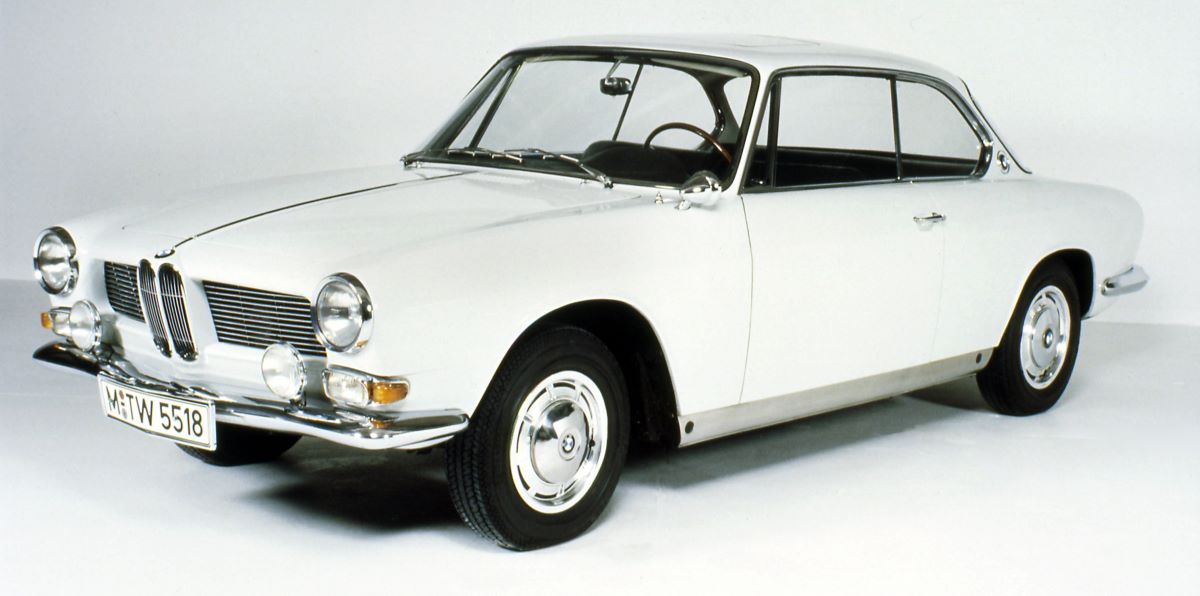
BMW 3200 CS
The 3200 CS coupé was the culmination of BMW’s post-war automobile development phase using light-alloy V8 engines.
BMW had surprised everyone in 1951 by returning to the international automobile scene with a luxury automobile. The BMW 501 was much admired, but the engineering was outmoded and the car was not a commercial success. It was upgraded in 1954 when the Type 502 was launched, with the same body but a completely new all-alloy V8 engine. Shortly afterwards the company attempted to make good the losses being sustained with the larger models by manufacturing the BMW Isetta micro-car.
However, the Type 501 and 502 luxury models were by no means the end of this development. In 1955, BMW introduced new models that very few people at the time were able to afford: the 503 coupé and convertible and the 507 supersports roadster. In fact, only a few hundred of these cars had been built by the end of the decade.
When BMW finally began to achieve modest commercial success with the 700 models and the modern New Class, it made a final attempt to gain a foothold in the luxury car class, despite the fact that it was not promising in terms of profits. Coachbuilder Nuccio Bertone in Turin was commissioned to design a four-seater coupé assembled on the V8 chassis as a successor to the 503. A prototype was approved with only a few modifications, and the public was already able to admire BMW’s new sports model at the 1961 IAA Frankfurt Motor Show.
The BMW 3200 CS went into low-volume production from February 1962 onwards, with the body being built in Turin by Bertone. The lines of the bodywork were clearly defined and modern, and initiated many styling features that were to appear on later BMW models, for example the typical kink in the rear window line at the C-post. The big coupé generated 160 bhp and reached a top speed of 200 km/h. The interior possessed the distinguished luxury character that was expected of a model costing DM 30,000 or more. Only 603 of these hand-built coupés had been sold by the middle of 1965.
General data
Construction…………………………1962 – 1965
Number produce …………………….603 (inkl. 1 Cabriolet-Umbau)
Price…………………………………..DM 29,850
Specifications
- Engine
Motortype……………………..8-Zylinder-V-Motor
Bore x Stroke (mm)…………..82 x 75
Capacity……………………….3168 ccm
Performance…………………..160 bhp at 5600 rpm
Top speed……………………..200 km/h (124 mph)
Compression……………………9:1
Valves………………………….Overhead, central camshaft
Carburetion system…………..2 Zenith 36 NDIX dual-barrel downdraught carburettors
- Powermode
Clutch………………………….Single-plate dry clutch
Transmission…………………..1st series: four-speed, steering-column shift, full synchromesh on all gears;
2nd series: four-speed, central shift, full synchromesh on all gears
Gearbox ratios…………………1 : 3.71 / 1 : 2.27 / 1 : 1.49 / 1 : 1; (sporty gearbox: 1 : 3.397 / 1 : 2.073 / 1 : 1.364 / 1 : 1)
Reverse gear…………………..1 : 3.49 (sporty gearbox 1 : 3.18)
Drive transmission…………….1 : 3.90 or 1 : 3.70
- Electric system
Generator………………………200 W
Battery…………………………12 V 56 Ah
Spark plugs…………………….Bosch W 225 T2 or Beru 225/14/3 or Champion N 5
- Suspension
Body/chassis…………………..Full protection box frame with tubular cross members
Front-wheel suspension………Independent suspension with 2 transverse links and torsion anti-roll bars
Rear-wheel suspension……….Banjo axle located by spring levers and trailing link, Panhard rod
Wheel rims……………………..5 J x 15
Tyres…………………………..7.00 – 15 or 185 – 15 SP
Front brakes…………………..Disc brakes
Front brake diameter (mm)…..267
Rear brakes……………………Simplex drum brakes
Rear brake diameter (mm)……284
- Measures and weight
Length x Width x Height (mm).4850 x 1760 x 1470
Wheel base (mm)………………2835
Front track (mm)………………1330
Rear track (mm)……………….1416
Empty weight (kg)…………….1500
Permissible total weight (kg)…1900
Fuel consumption (l/100 km)…16
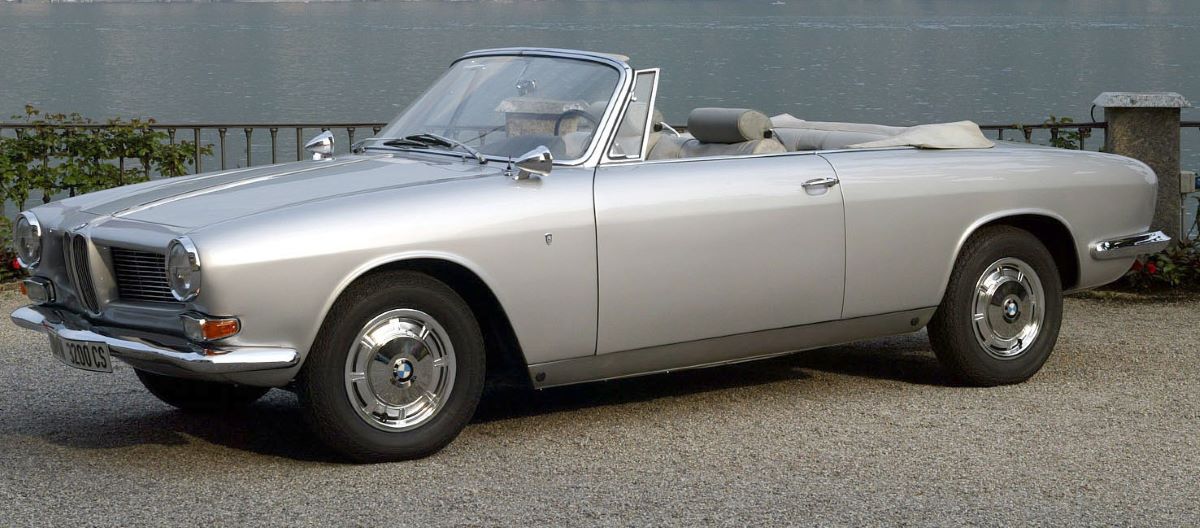
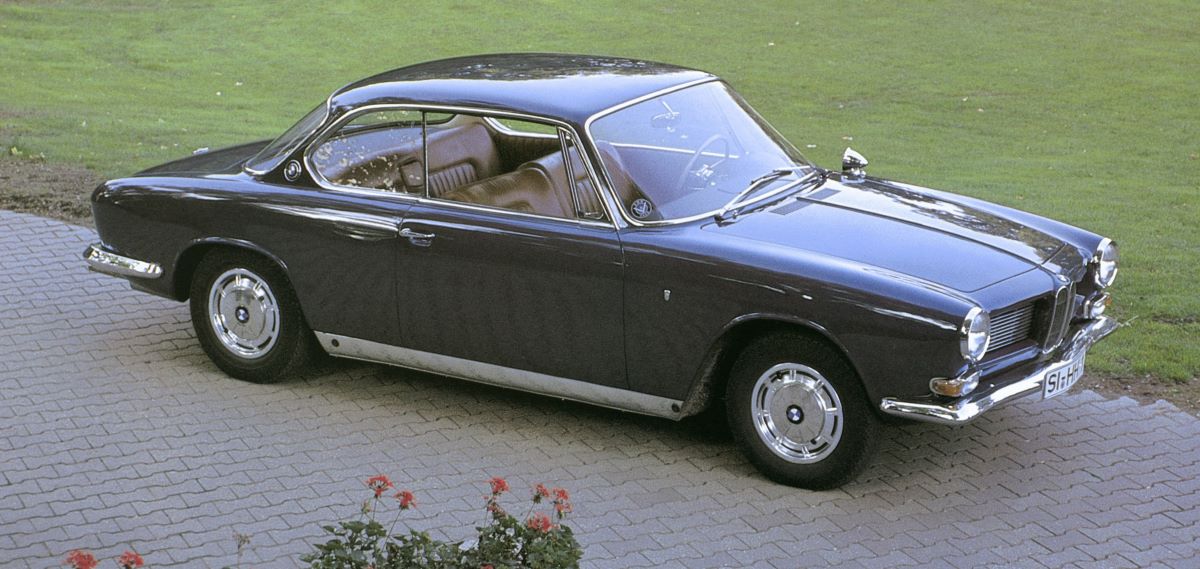
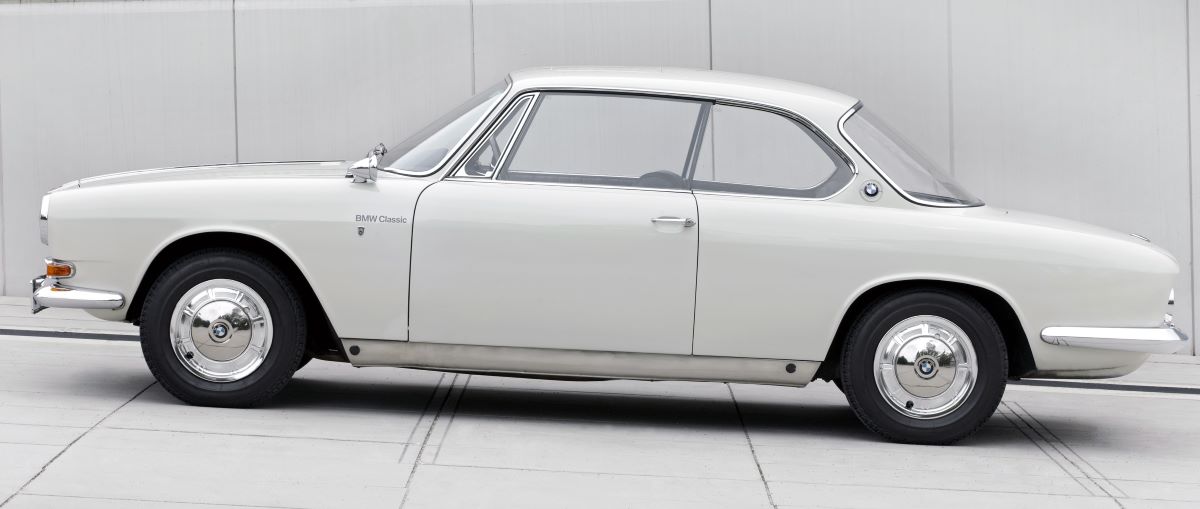
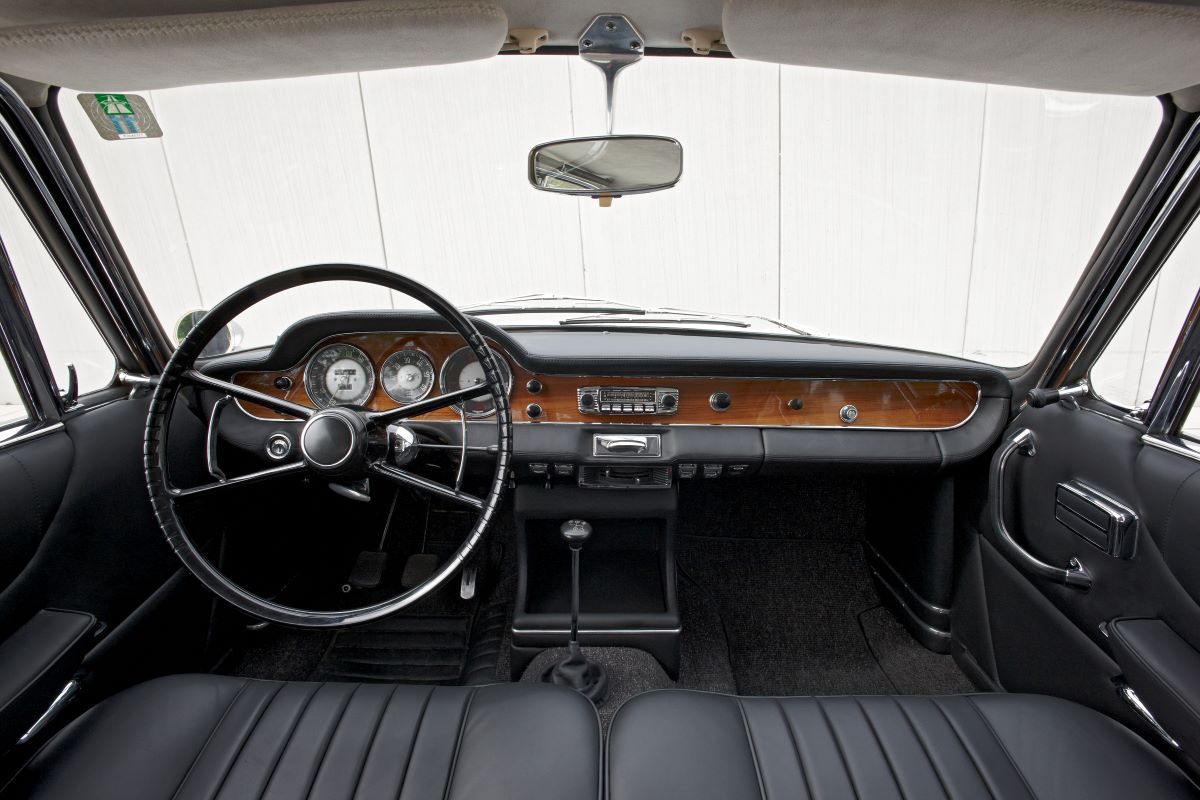

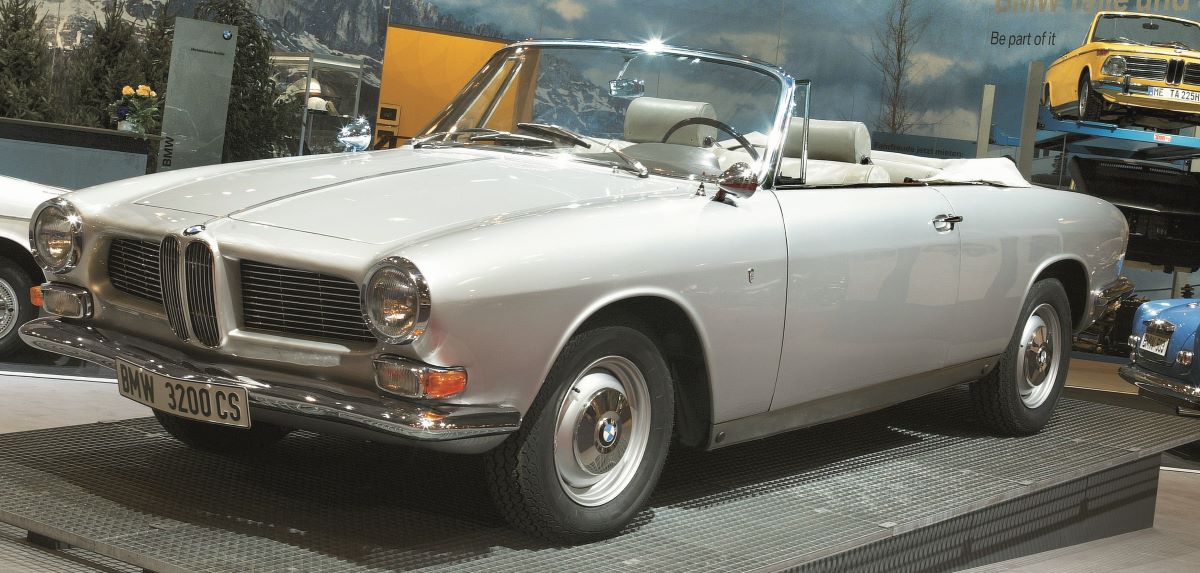

You must be logged in to post a comment.